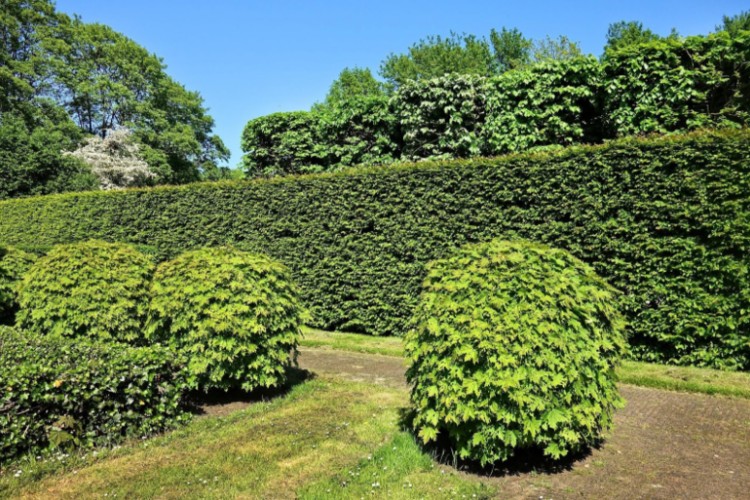What You Need To Know About
Eco-Friendly Landscaping
Posted: June 19, 2018 | Clara Beaufort
Eco-friendly can mean many things, but when it comes to landscaping, it's all about implementing practices to create and maintain a beautiful yard that saves as much as energy as possible while being kind to Mother Earth. Conventional methods involve a lot of upkeep that can have a big impact on economic and environmental costs due to the amount of water (30 percent of an average American family's use comes from landscaping), energy and labor involved.

(Photo via Pixabay)
Sustainable procedures, on the other hand, require less watering and are void of chemical pesticides and fertilizers - many of which have been associated with cancer in laboratory animals, birth defects, negative reproductive side effects and an overall adverse effect on the environment.
So, if you're ready to reduce soil, air and water pollution and help restore the ecosystem while creating a natural environment for wildlife, read on to see how you can help by making changes in your very own yard.
Have The Right Tools And Equipment
The use of non-electric gardening tools such as handheld shears and a push mower are a great way to avoid wasting resources while enabling you to have greater control of delicate plants. Other key items to consider include a rake, hoe, wheelbarrow, hand cultivator, bamboo stakes, and drainage hole cover. Don't forget to invest in a pair of quality garden gloves to protect your hands
Conserve Water
While eco-friendly practices encourage any environment to be mindful of water consumption, drought-prone areas have to be extra cautious as they are void of natural resources. Xeriscaping is one effective method that involves replacing water-hungry plants with those that require less H20 while still being aesthetically pleasing.
Avoid Using Chemicals Whenever Possible
While part of maintaining a green space involves taking care of pests, traditional home gardening equates to 75 percent of all pesticide use in the United States. However, eco-friendly landscaping helps to eliminate caustic substances from entering the atmosphere, groundwater, and food chain. Healthy alternatives include sprays made with natural soaps, neem oil and diatomaceous earth.
Replace Your Lawn With A Vegetable Garden
By living off the land, you're making your yard work to your advantage instead of the other way around. With that in mind, consider turning a portion of your lawn into a vegetable garden. Not only will you reduce your food budget, but also you'll increase your property value - a win-win situation.
Consider Composting
Compost helps to control insects and disease, so make use of your old household waste in an effort to put nutrients back into the soil. The items you'll need to get the job done are old leaves, branches and twigs; grass clippings and vegetable waste; fruit scraps and coffee grounds; and water - just be sure to choose a shady area close to a water source like a garden hose. Despite what you may have read, avoid pet waste as it can contain harmful parasites. Store everything in a bin so you can keep animals and other pests at bay.
The thought of practicing eco-friendly landscaping may seem like an arduous chore, but it's easier to maintain than so-called convenience methods. More importantly, its earth-friendly benefits are second to none. There are beautiful buds and shrubs in every region, so don't compromise the ecosystem on looks alone. If you're not sure which plants and flowers are best for the region in which you live, don't hesitate to ask your local nursery for some direction.









